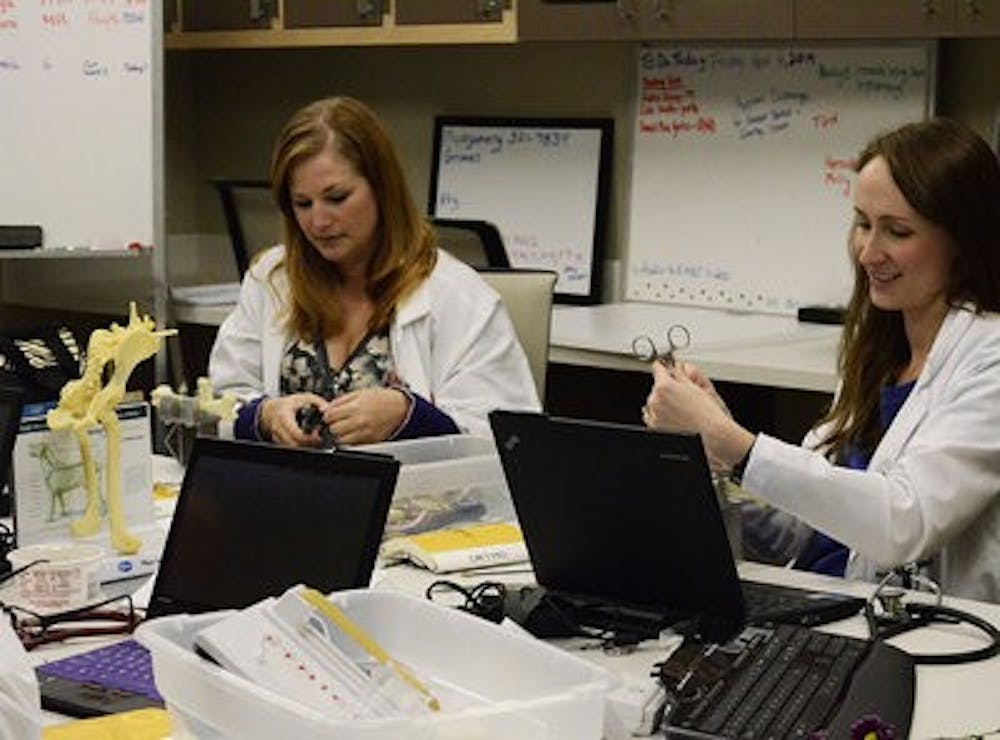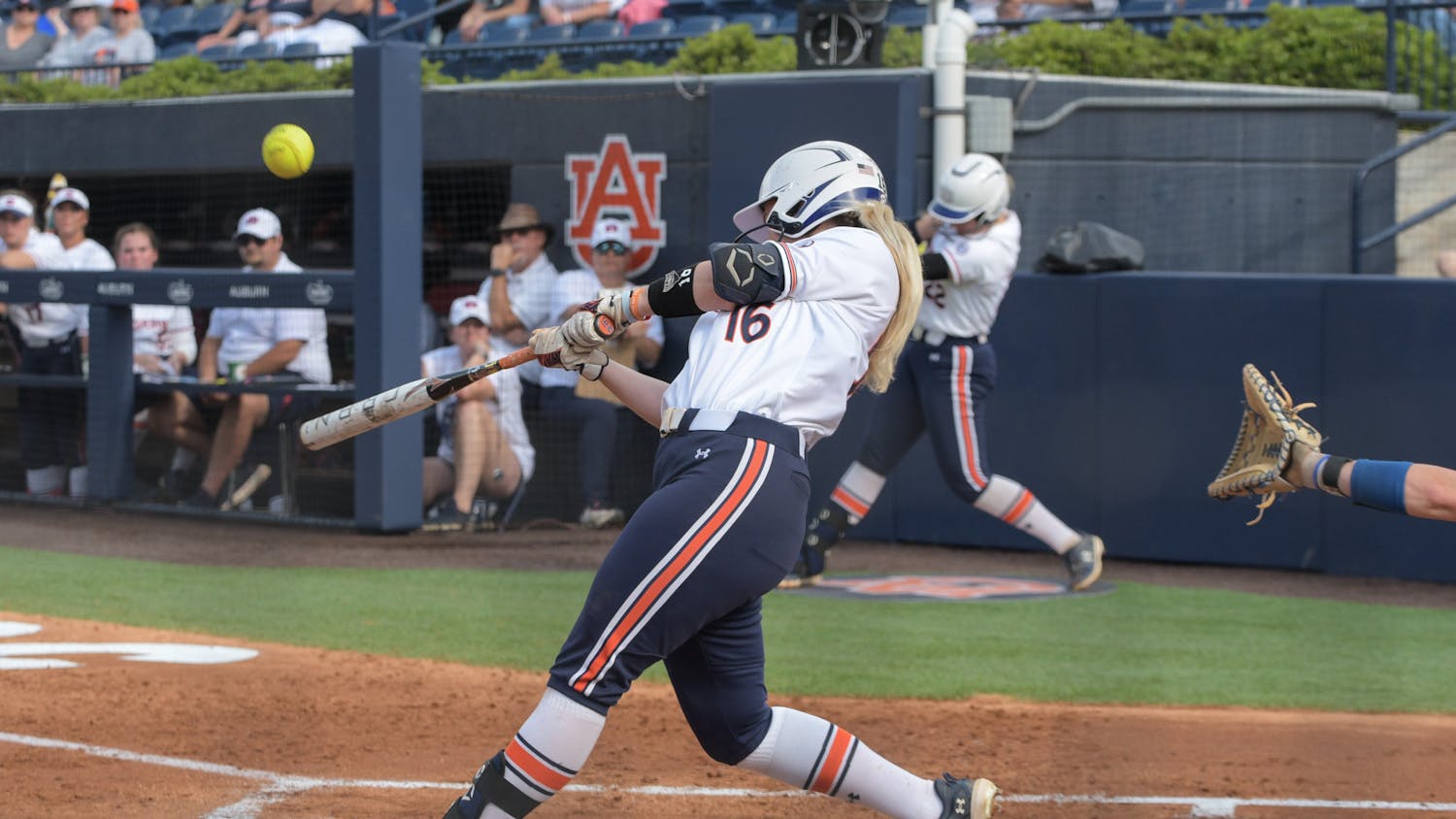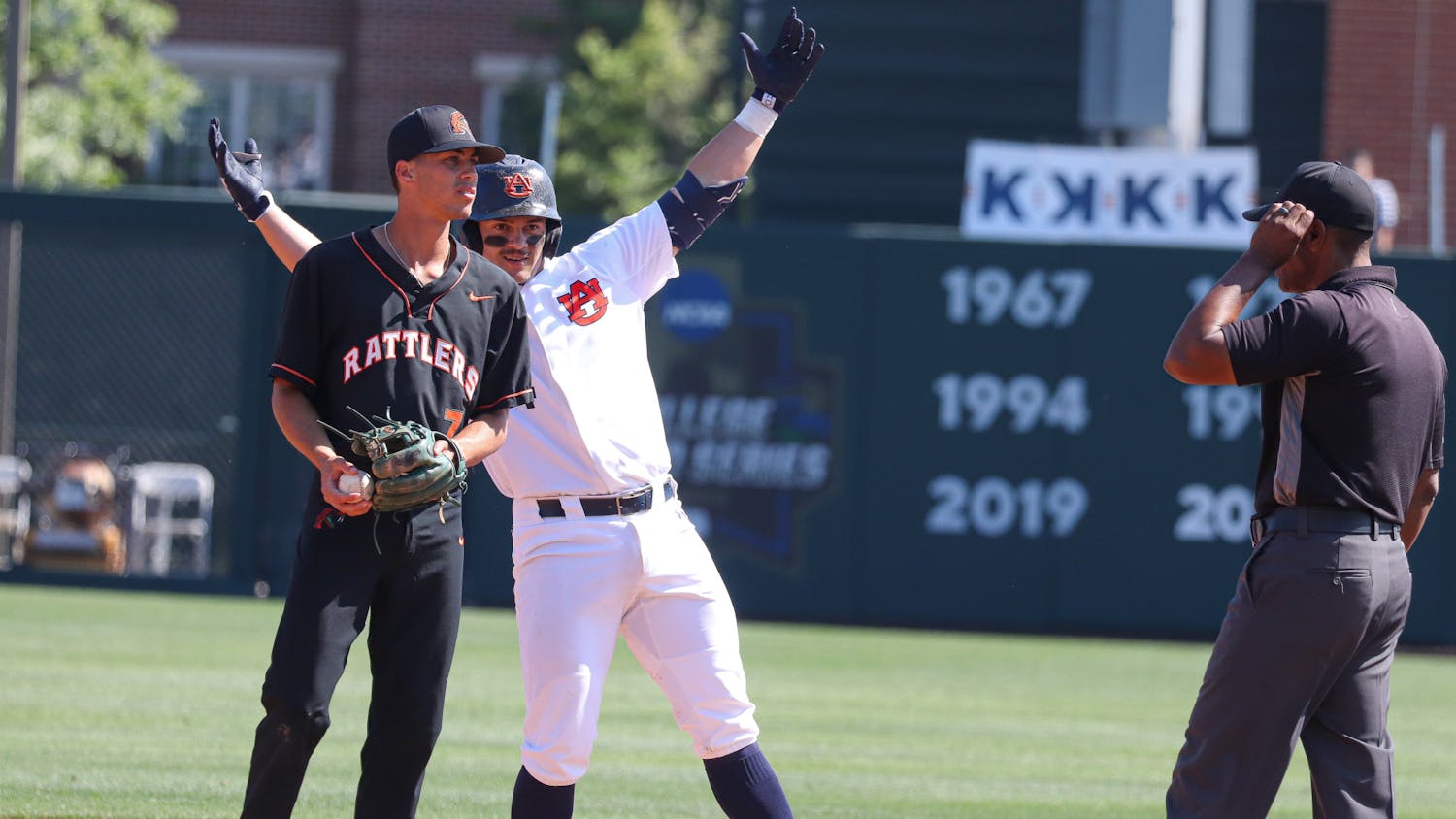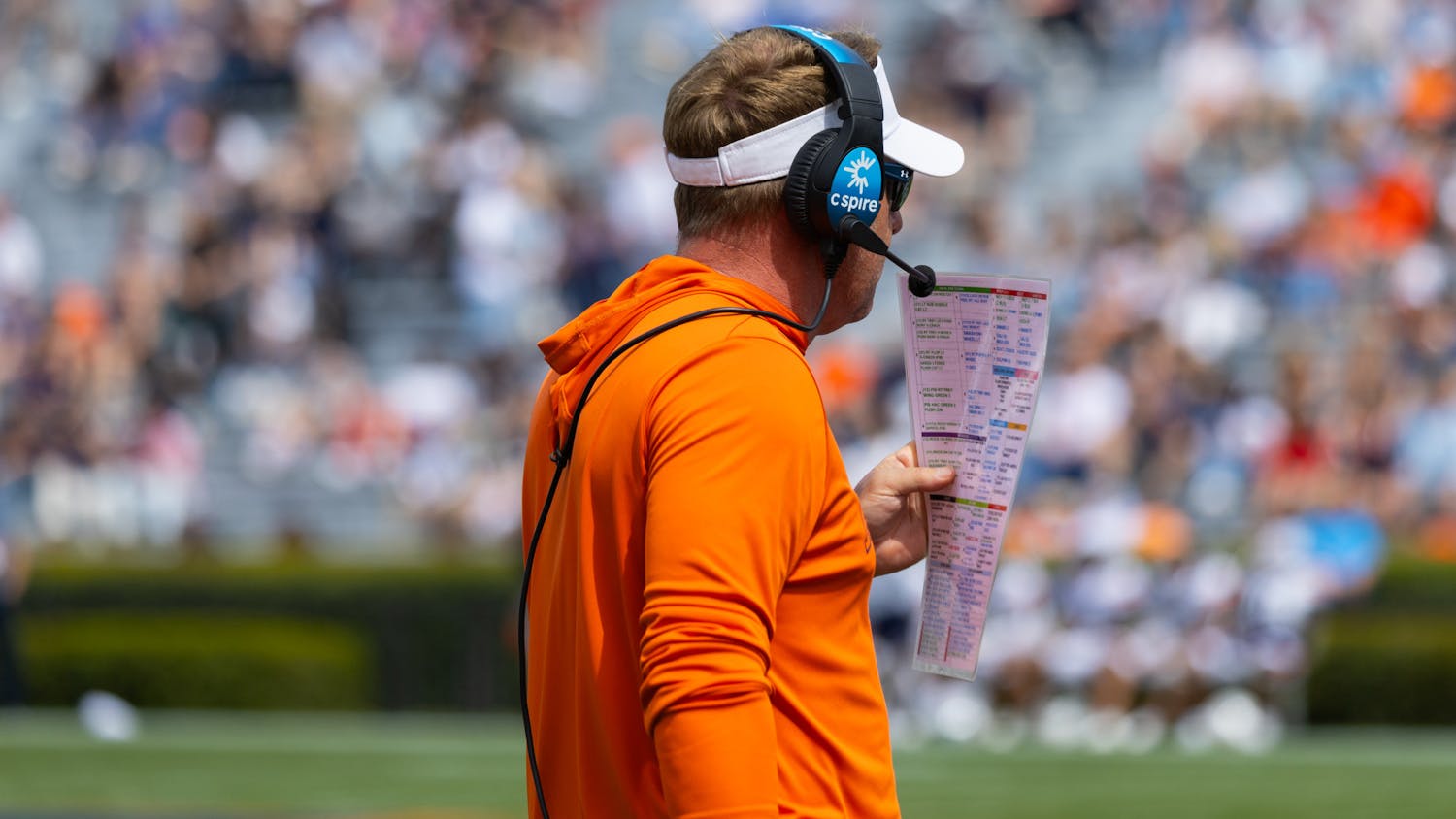The College of Veterinary Medicine is taking steps in the field of animal sciences as they introduce their new state-of-the-art technology.
These new machines bring improvements that increase efficiency, accuracy and patient treatment.
Director of Communications and Marketing Janet L. McCoy said technology within veterinary medicine is crucial for the program.
“From digital radiography, electronic medical records, video conferencing and digital microscopy, every facet of the veterinary profession relies on the use of information technology,” McCoy said. “In our Veterinary Teaching Hospital, we employ the latest technology twofold: for the education of students and in our mission of providing health care to critically ill animals."
McCoy said two state-of-the-art machines helping to do so are the new CT and standing CT machines.
The new CT machine is a GE Lightspeed VCT 64-Slice model with the ability to take up to 64 graphical images of a patient in one scan. The machine takes very small precise images that are compiled to form one image. This capability also allows for radiologists to create extremely accurate 3D models of the patients. Patients can be imaged both awake or under sedation.
This new machine affords the College of Veterinary Medicine improvements in treatments and patient care as it has been proven to more readily identify cancer and tumors and allows for planning radiation therapy. This benefits the Oncology Service by allowing clinicians to pinpoint exact locations of tumors to reduce the damage in surrounding tissues.
The college also gained a new Standing CT Machine that allows veterinarians to better diagnose and treat complex diseases in the neck and skull of equine patients. The standing CT scan allows for cross sectional imaging of a horse’s head without having to go through anesthesia. The machine has already led the college to diagnosing and treating complicated diseases found in a horse’s neck and skull.
The University's College of Veterinary Medicine recognizes the importance of influential technology within their program.
“First-year students purchase a tablet through the CVM and they receive training on using it in their academic education,” McCoy said. “Course material is presented in electronic formats and students use the tablets in class to take notes, record lectures, and to collaborate with their peers.”
The school has incorporated their new technology into their college’s teaching mission, allowing students on clinical rotation to have the opportunity to see first-hand how technology will assist radiology and better diagnose problems.
Do you like this story? The Plainsman doesn't accept money from tuition or student fees, and we don't charge a subscription fee. But you can donate to support The Plainsman.




